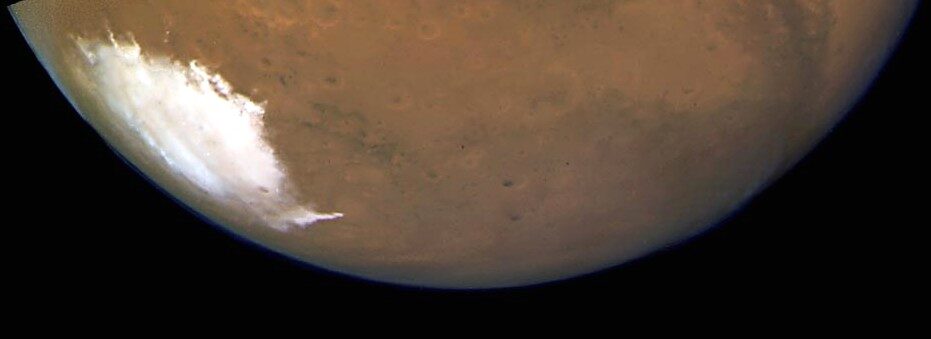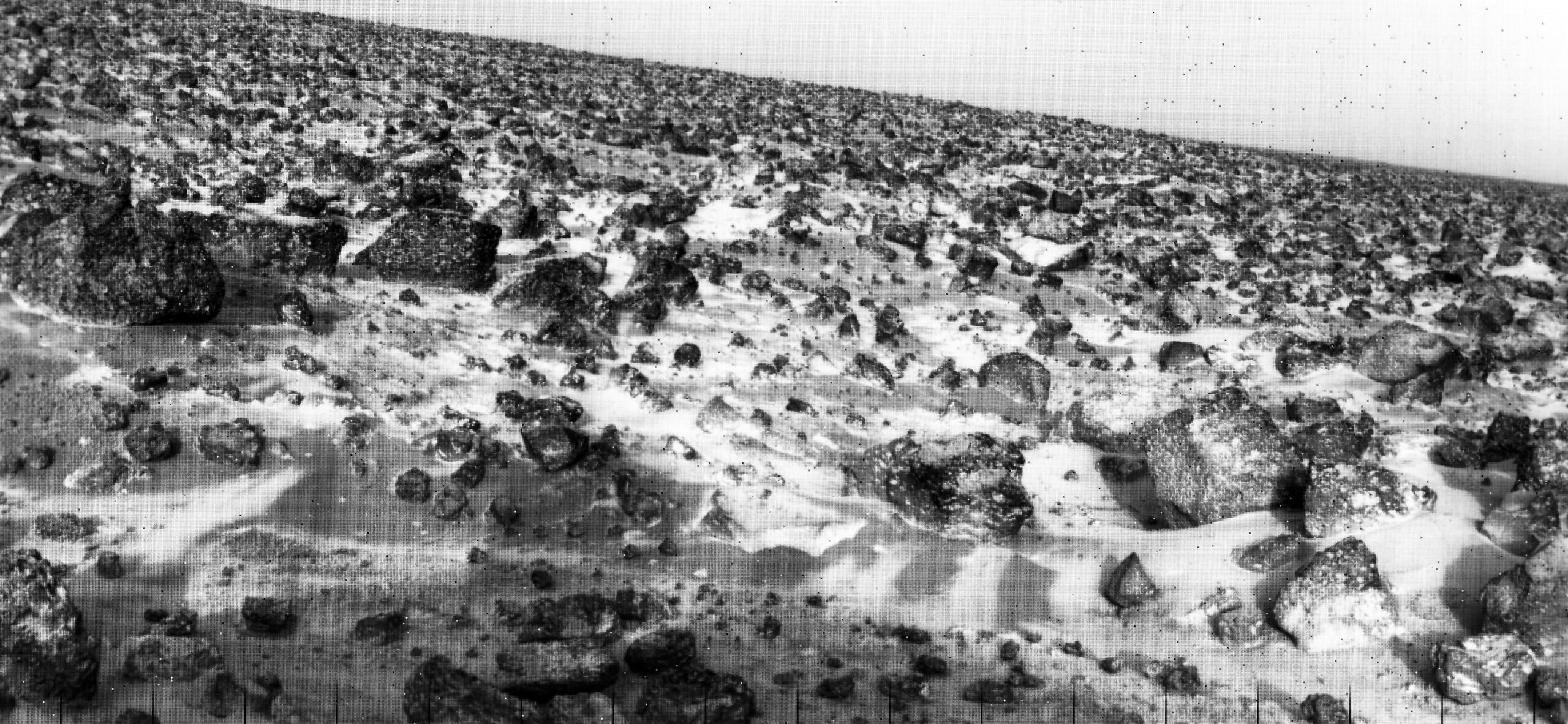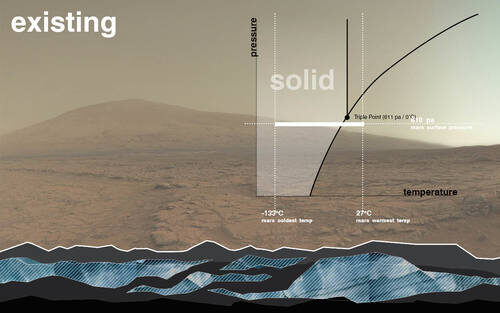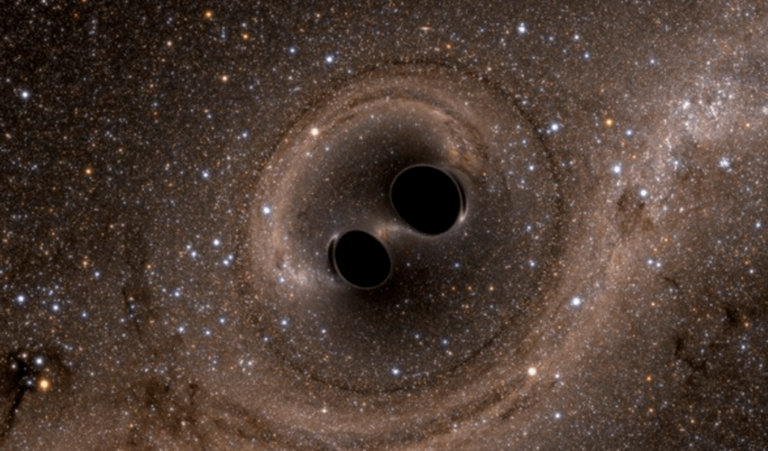New Study Reveals Giant Sub-Surface Ice Deposits On Mars.

A layer of ice beneath the surface of Mars has been discovered. Scientists reckon it could be larger than the state of New Mexico and hold twice the volume of Lake Superior.
Also Check: Cloudy With A Chance Of Rubies – Exoplanet Weather Report
The layer of ice lies in the northern hemisphere of Mars and is covered by between 1-10 meters of soil, possibly making this a valuable find for future explorers.
The researchers analyzed Mars‘ Utopia Planitia region, using the Shallow Radar (SHARAD) instrument aboard NASA‘s Mars Reconnaissance Orbiter. This equipment has the ability to see below the surface of Mars and can detect ice, water, rock and other materials. The research was led by Cassie Stuurman of the Institute for Geophysics at the University of Texas.

“This deposit is probably more accessible than most water ice on Mars, because it is at a relatively low latitude and it lies in a flat, smooth area where landing a spacecraft would be easier than at some of the other areas with buried ice.” – Jack Holt, University of Texas.
The focus was on Utopia Planitia because they noticed certain characteristics that were similar to what had been identified in Canada. These were labeled ‘scalloped depressions’ and scientists theorized that the conditions could be similar to Mars.

The SHARAD instrument allows scientists to peek beneath the surface and differentiate between rock, water and ice. The data was painstakingly analyzed and the team carefully worked out the volumes of ice located beneath the ground. Some of the ice goes well over 100 meters below the surface. The sheer volume of ice has not been found on Mars before and could be extremely valuable in the future.
SHARAD hasn’t yet found any liquid water in this region, meaning that there are minimal chances of finding life. Life on Earth is linked directly to liquid water and wouldn’t have evolved if everything was in ice form. It may not always have been the case as researchers noted that some melting had taken place in the past. This is linked with the periods in Mars’ history when the poles tilted at different angles. Mars is thought to go through 120,000-year cycles with tilting. The water probably accumulated during one of these shifts and snow may have formed in the same region.
“The ice deposits in Utopia Planitia aren’t just an exploration resource, they’re also one of the most accessible climate change records on Mars. We don’t understand fully why ice has built up in some areas of the Martian surface and not in others. Sampling and using this ice with a future mission could help keep astronauts alive, while also helping them unlock the secrets of Martian ice ages.” Joe Levy – University of Texas.





